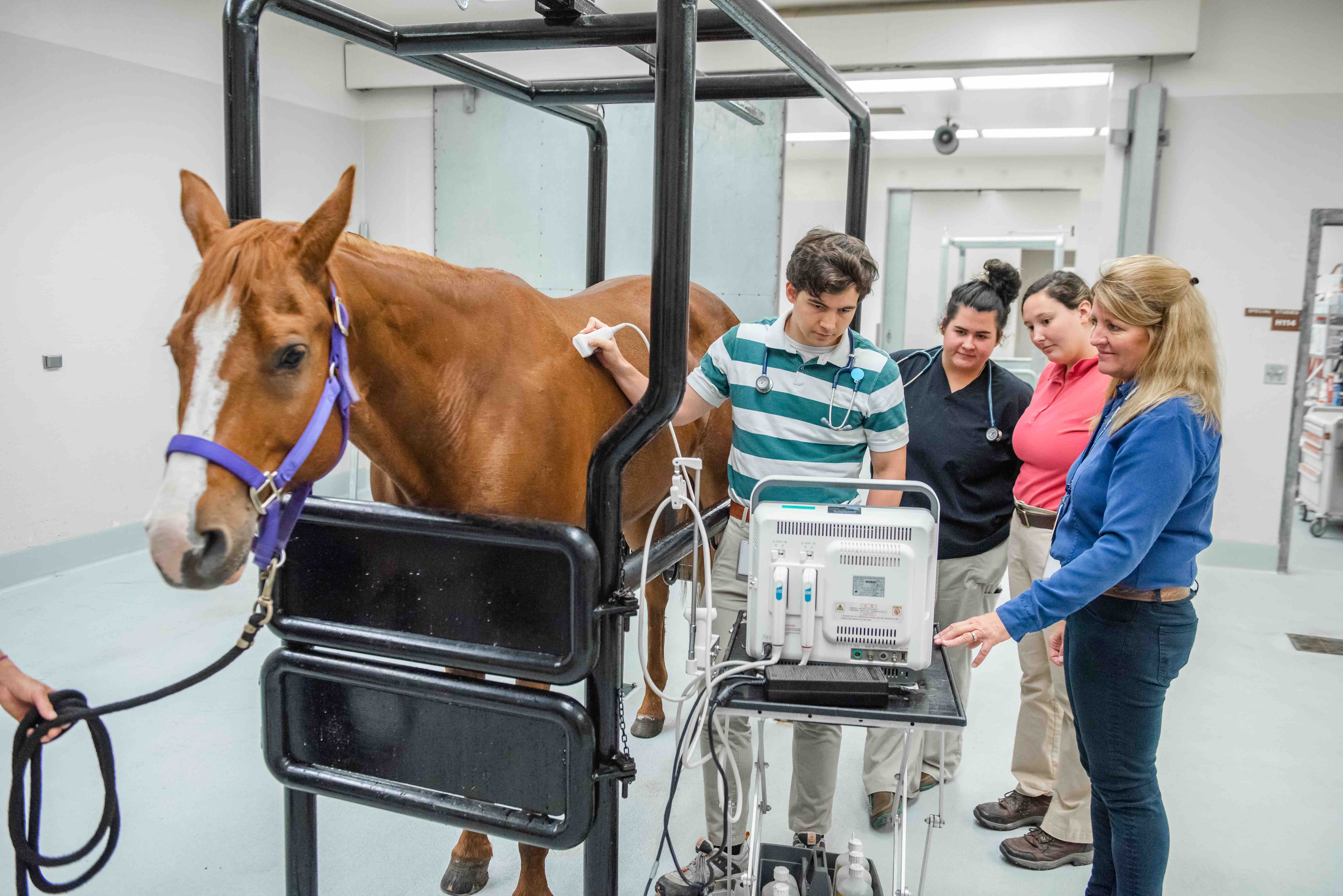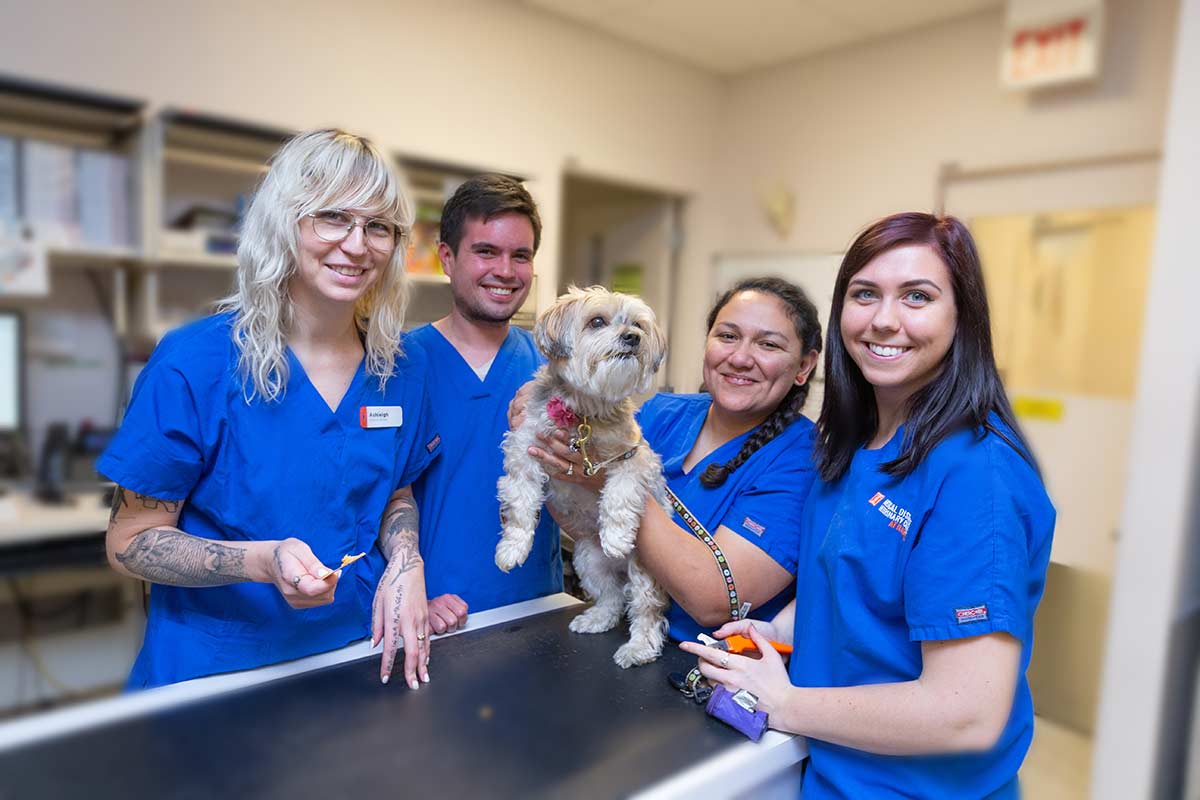What Happens During a Visit to an emergency vet? Step-by-Step Walkthrough
What Happens During a Visit to an emergency vet? Step-by-Step Walkthrough
Blog Article
Everything About Veterinarian Surgical Treatment: Comprehending the Relevance of Specialist Take Care Of Your Pets
Vet surgery is an essential component of animal healthcare. It includes different procedures, from regular optional surgical treatments to urgent interventions. Understanding the intricacies of these surgical treatments can help pet dog proprietors make notified choices. The prep work, execution, and healing phases are necessary for making certain the health of pets. With correct expertise, owners can navigate the complexities of veterinary treatment. What factors should be thought about prior to an animal goes through surgical treatment?
Sorts Of Veterinarian Surgeries
When a pet calls for surgical intervention, understanding the different sorts of vet surgical treatments can aid pet dog owners make notified decisions. Veterinary surgeries can be broadly classified into 3 major kinds: elective, urgent, and emergency surgical treatments. Elective surgical treatments, such as spaying or neutering, are prepared treatments that are not quickly life-threatening. Immediate surgeries, like those for international body removal, should be carried out quickly but are not lethal in the moment. Emergency surgeries, such as those resolving serious injury or interior bleeding, are critical and require immediate attention.Additionally, surgical procedures can vary in complexity, ranging from minimally intrusive laparoscopic treatments to more considerable open surgical procedures. Each sort of surgical treatment carries its very own threats and recovery processes. Understanding these groups enables family pet owners to engage in purposeful discussions with veterinarians, causing better outcomes for their cherished pets.
Planning for Your Animal's Surgical procedure
Preparing for a pet dog's surgery entails a comprehensive checklist to ensure all fundamentals are covered. Reliable interaction with the veterinarian is essential for comprehending the procedure and any kind of needed pre-operative steps - canine tplo surgery. Additionally, having clear post-operative care guidelines will certainly help owners provide the very best support for their recuperating pets
Pre-Surgery Checklist Fundamentals
Assuring a smooth surgical experience for a pet requires careful preparation and interest to detail. A pre-surgery checklist is important for pet dog owners to comply with. First, verifying the arranged surgical treatment date and time is crucial. Proprietors must also confirm that their family pet has fasted according to the veterinarian's directions, normally for 8-12 hours before surgical treatment. Collecting required clinical documents, consisting of vaccination history, is very important for the veterinarian's review. It is likewise advisable to prepare a comfy area in the house for the family pet's recovery after surgery. Ultimately, proprietors ought to have a prepare for transportation to and from the vet facility, making certain that the family pet is protected and comfortable throughout the trip. Complying with these steps can considerably enhance the surgical experience.
Communicating With Your Veterinarian

Reliable communication with the veterinarian is necessary for a successful surgical experience for family pets. Owners need to be prepared to discuss their pet dog's medical background, including any kind of pre-existing problems, medicines, and allergic reactions. This info helps the vet assess threats and tailor the medical strategy as necessary. Additionally, pet dog proprietors must ask inquiries pertaining to the treatment, anesthetic, and anticipated outcomes to guarantee they completely comprehend the procedure. Making clear any kind of questions can ease stress and anxiety for both the pet dog and the proprietor. It is additionally vital to connect any kind of behavioral modifications or issues observed in the family pet leading up to the surgical procedure. Inevitably, clear discussion cultivates trust and collaboration, ensuring that animals get the very best possible care throughout their surgical journey.
Post-Operative Treatment Instructions
After talking about the procedure with the vet, pet owners must concentrate on post-operative care directions to promote a smooth recovery for their pet dogs. These directions normally consist of keeping an eye on the medical site for indications of infection, such as redness or discharge. Animals may need to be kept calm and restricted to avoid extreme motion that might interfere with healing. Discomfort monitoring is important, so proprietors must follow the veterinarian's advice on providing medications. In addition, dietary limitations may be encouraged to avoid intestinal trouble. Routine follow-up consultations are vital to ensure proper healing and resolve any kind of worries. By adhering to these post-operative care guidelines, pet dog proprietors can substantially add to their pet dog's recovery and general wellness.
The Surgical Refine Explained
The medical process for pet dogs includes critical actions that guarantee their security and healing. Pre-surgery prep work are important for lessening risks, while post-operative treatment guidelines play an essential duty in advertising healing. Understanding these parts assists pet dog owners navigate the surgical experience better.
Pre-Surgery Preparations
Before a family pet undertakes surgery, a number of essential preparations must occur to ensure a safe and effective treatment. First, a detailed vet exam is important to evaluate the pet dog's total health and wellness and identify any potential risks. This might consist of blood tests, imaging, or various other diagnostics. The vet will also talk about anesthesia choices tailored to the pet's details requirements. In addition, family pet owners are generally instructed to keep food and water for a defined time prior to surgical treatment to minimize the risk of issues throughout anesthetic. It is very important for owners to supply a total medical background, including any kind of drugs or allergies, making sure the medical group has all essential information. Proper interaction and adherence to pre-surgery click this guidelines can significantly improve the result of the procedure.
Post-Operative Treatment Guidelines
Correct post-operative care is necessary for making sure a pet dog's healing complying with surgery. After the procedure, pet dogs must be checked very closely for any indications of complications, such as too much bleeding, swelling, or uncommon behavior. It is essential to follow the vet's instructions regarding drugs, consisting of painkiller and anti-biotics. Animals should be maintained in a silent, comfortable atmosphere to minimize anxiety and advertise healing. Restricting activity is crucial; short, leashed walks may be required, however jumping or running must be prevented. Normal follow-up visits need to be scheduled to assess the recovery procedure. In addition, the surgical website has to be kept tidy and completely dry, with any kind of indicators of infection reported to a vet without delay. Complying with these guidelines boosts recuperation end results.
Anesthetic and Discomfort Management
Efficient anesthetic and discomfort administration are essential components of vet surgery, making sure that family pets remain comfy and risk-free throughout the treatment. Veterinarians examine each pet's individual needs, taking into account variables such as age, weight, wellness condition, and the kind of surgery being performed.Anesthesia procedures generally consist of a mix of pre-anesthetic drugs, induction agents, and inhalant anesthetics, allowing for precise control over the animal's level of awareness. Tracking throughout surgery is essential; veterinarians continually observe essential signs to attend to any prospective problems promptly.Pain management methods may entail opioids, non-steroidal anti-inflammatory drugs (NSAIDs), and neighborhood anesthetics, tailored to the family pet's specific scenario. This diverse approach assists minimize pain and advertises a smoother medical experience. By focusing on effective anesthetic and pain administration, vet specialists enhance the general well-being of animals going through operations, guaranteeing they get the highest possible standard of care.
Post-Operative Care and Recovery
Adhering to surgical treatment, the emphasis changes to post-operative treatment and recovery, which is crucial for making sure a pet's risk-free go back to normal tasks. Throughout this duration, pet dogs require a silent, comfy setting to aid recovery. Owners ought to very closely monitor their animals for any kind of indicators of pain or unusual behavior.Veterinary standards frequently include certain guidelines connected to medication administration, wound care, and nutritional adjustments. It is essential to adhere to these referrals to reduce complications and advertise recovery. Family pets may require to be restricted from vigorous tasks, such as running or jumping, throughout their recuperation period (emergency vet).Regular follow-up visits with the vet permit tracking of the pet dog's development and timely adjustments to the treatment strategy. Giving emotional support and companionship can additionally enhance a pet dog's healing experience, aiding to ease tension and anxiety. Overall, diligent post-operative care check this plays a substantial duty in achieving an effective recovery
Identifying Difficulties After Surgical Procedure
Just how can pet dog proprietors recognize problems after surgical treatment? Recognition of details indications is necessary for making certain the wellness of pets throughout recuperation. Usual indications include excessive swelling, redness, or discharge at the surgical website, which may signify infection. Furthermore, persistent pain, indicated by whimpering or reluctance to move, should motivate instant interest. Adjustments in hunger or water intake can additionally suggest complications; a reduction in these behaviors may signify discomfort or distress.Moreover, pet proprietors should check their pet dogs for any type of unusual habits, such as sleepiness or problem breathing, as these can be signs of severe concerns. Vomiting or looseness of the bowels adhering to surgical procedure may call for urgent vet assessment. Acknowledging these issues early can substantially impact a family pet's recovery process, stressing the value of alertness and punctual interaction with a vet for any worrying signs and symptoms.
The Role of Veterinary Experts in Surgical Care
Vet professionals play a vital role in making certain the security and success of surgeries for animals, especially following surgery when checking and care are vital. These professionals include veterinarians, vet professionals, and support team, every one of whom contribute specialized skills to the medical process.Before surgical procedure, veterinarians perform complete assessments to analyze the animal's health, ensuring that any kind of underlying problems are taken care of. During this article the procedure, the medical group provides anesthesia, preserves clean and sterile settings, and monitors crucial indicators, very important for lessening risks.Post-operative treatment is equally significant; veterinary specialists observe for issues, handle pain, and guide proprietors on healing methods. Their know-how allows them to acknowledge early indicators of distress or infection, making certain timely treatment. Inevitably, the collaborative efforts of vet specialists in medical care cultivate a risk-free atmosphere, promoting the well-being of animals throughout the medical trip.

Regularly Asked Questions
Just how Do I Pick the Right Veterinary Surgeon for My Animal?
Picking the appropriate veterinary cosmetic surgeon entails looking into qualifications, checking out evaluations, and evaluating the facility's environment. It is important to review the surgeon's experience with specific procedures and their interaction design when making a decision.
What Are Typical Misconceptions Regarding Veterinarian Surgeries?
Typical false impressions concerning vet surgical treatments include beliefs that they are always dangerous, unneeded, or only for emergency situations. Many family pet proprietors take too lightly the advantages of preventative procedures and the skill included in veterinary surgical care.
Just How Much Will My Pet dog's Surgery Expense?
The cost of a family pet's surgery can vary substantially based upon aspects such as the kind of procedure, the veterinarian's experience, and geographic area (canine tplo surgery). Usually, costs vary from a couple of hundred to numerous thousand bucks

Can My Family Pet Consume Prior To Surgical Procedure?
Before surgical procedure, it is generally suggested that animals abstain from consuming for a particular period. This fasting assists reduce the danger of problems during anesthetic. Owners need to consult their vet for accurate directions tailored to their animal's requirements.
Suppose My Pet Dog Has Pre-Existing Health And Wellness Conditions?
When a pet has pre-existing health and wellness conditions, it's essential for the vet to analyze these elements prior to surgical procedure. This analysis guarantees proper precautions are taken, reducing dangers and maximizing the pet dog's overall security during the procedure.
Report this page